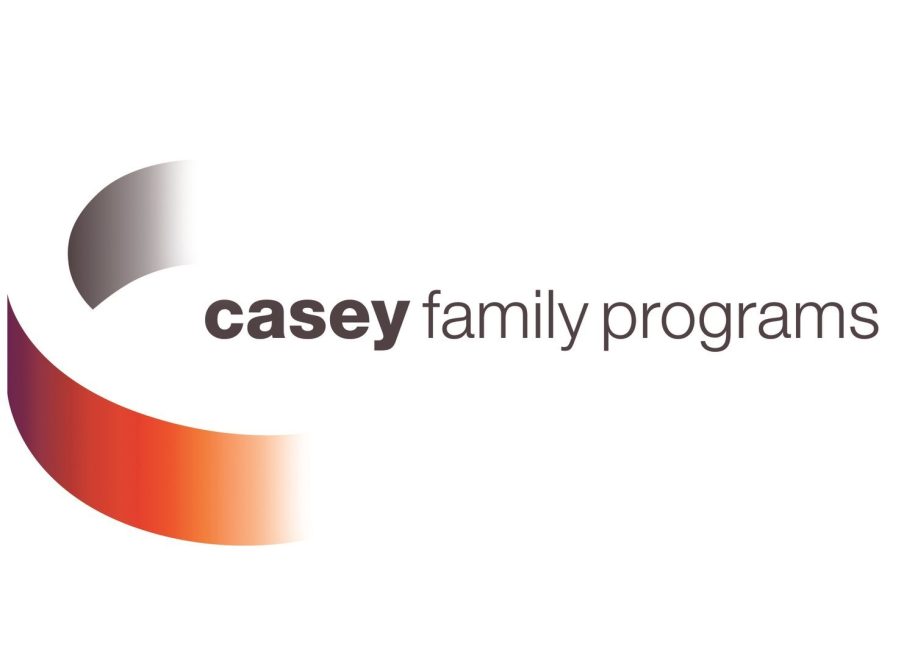How can data sharing across child- and family-serving systems be implemented effectively?
Complex issues — such as those encountered in child welfare — require complex solutions, often necessitating cross-system data sharing and collaboration. Improving the safety and well-being of children and families requires a vision and tools beyond the scope of child protection. It requires a concerted and coordinated effort across multiple agencies — as well as a much higher level of partnership with impacted communities — to address the root causes of family stress that lead to
higher risks of child maltreatment. Using data to inform this strategy is paramount.1,2 Traditional child welfare practice focuses on individual-level accountability, often largely ignoring community conditions such as poverty, crime, and inequities in education that impact the well-being of children and families, particularly those in traditionally underserved communities including communities of color. If child welfare continues to function in a silo, community-level problems will continue to impact children and families and high rates of child welfare involvement will persist. Sharing data can inform a public health approach to child welfare, situating child protective services (CPS) within a broader continuum of family support and aligning the efforts of multiple agencies. Utilizing data from across systems — such as
vital records, healthcare, housing, public benefits, education, and the courts can help communities better understand areas of strength and need, informing community-based approaches to increase child safety.
Foundational elements
Implementing data sharing across systems can be a complicated, time-consuming process. Building collaborative relationships, developing safe data transfer and storage protocols, and creating and finalizing data sharing agreements all are necessary steps. Starting with a relatively small, simple project using shared data can lay the groundwork for successful larger, more complicated projects in the future.
Build in time for creating strong working relationships
Sharing data with other agencies and systems can feel risky. It naturally involves some degree of vulnerability, as data may reveal areas where processes may not be as effective and outcomes may not be as positive as envisioned. Taking time to build effective working relationships with representatives from other agencies including the development of shared norms, a joint vision, and common goals — is both a critical first step and an ongoing process. Maintaining trust involves ensuring that products created using shared data are relevant, explains researcher Hilary Shager, associate director of programs and management for the Institute for Research on Poverty at University of Wisconsin–Madison. “The time, effort, and investment has to go into building the relationships, building the structures where partners have an opportunity to review results,” she says. “We have learning exchanges with (the child protection agency) where we have faculty who are using the data for research come and present. It’s really a partnership. We are always leading with, ‘How is this going to be useful for you?’ We design the evaluation and research to be responsive to that from the get-go.”

